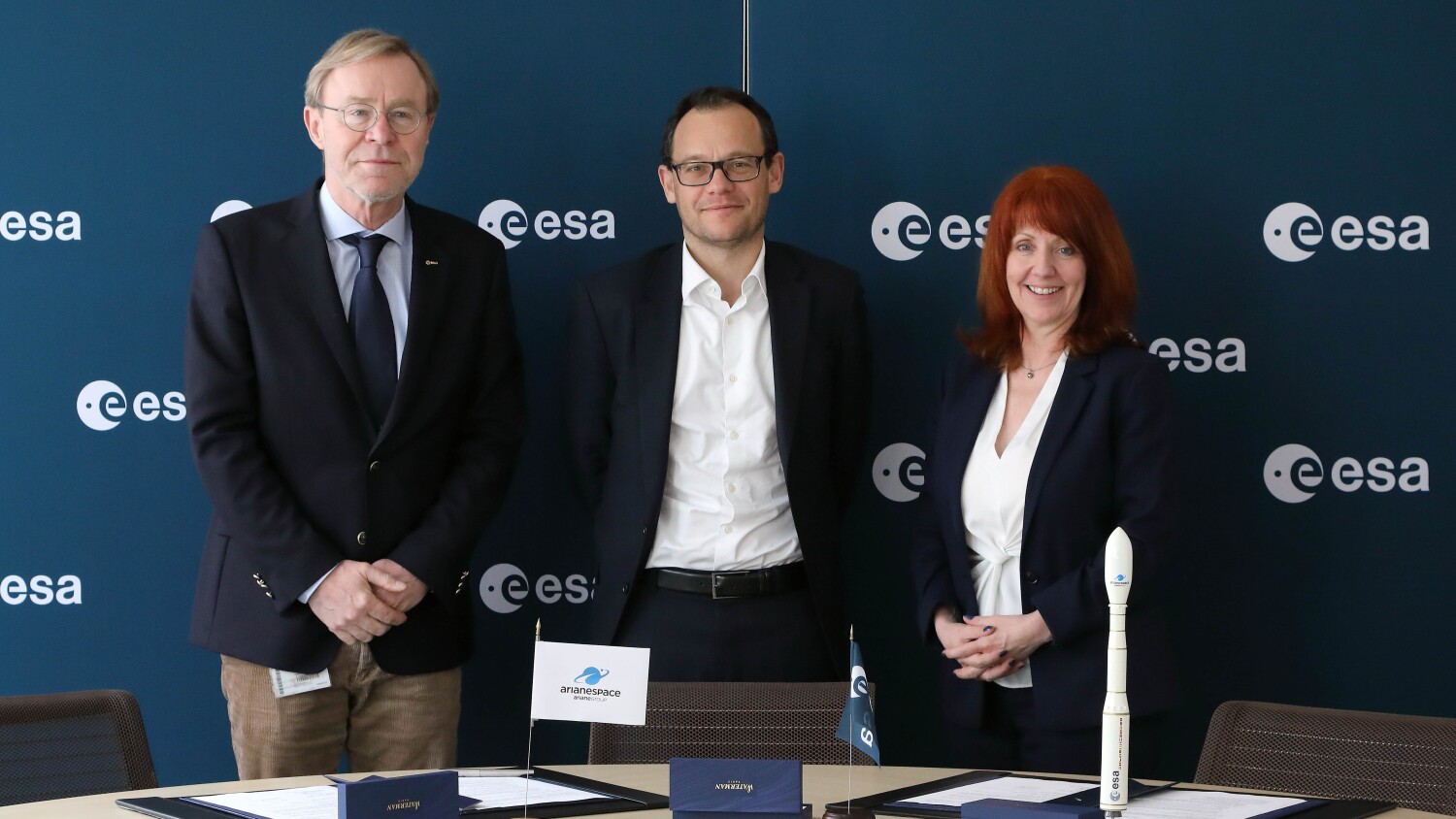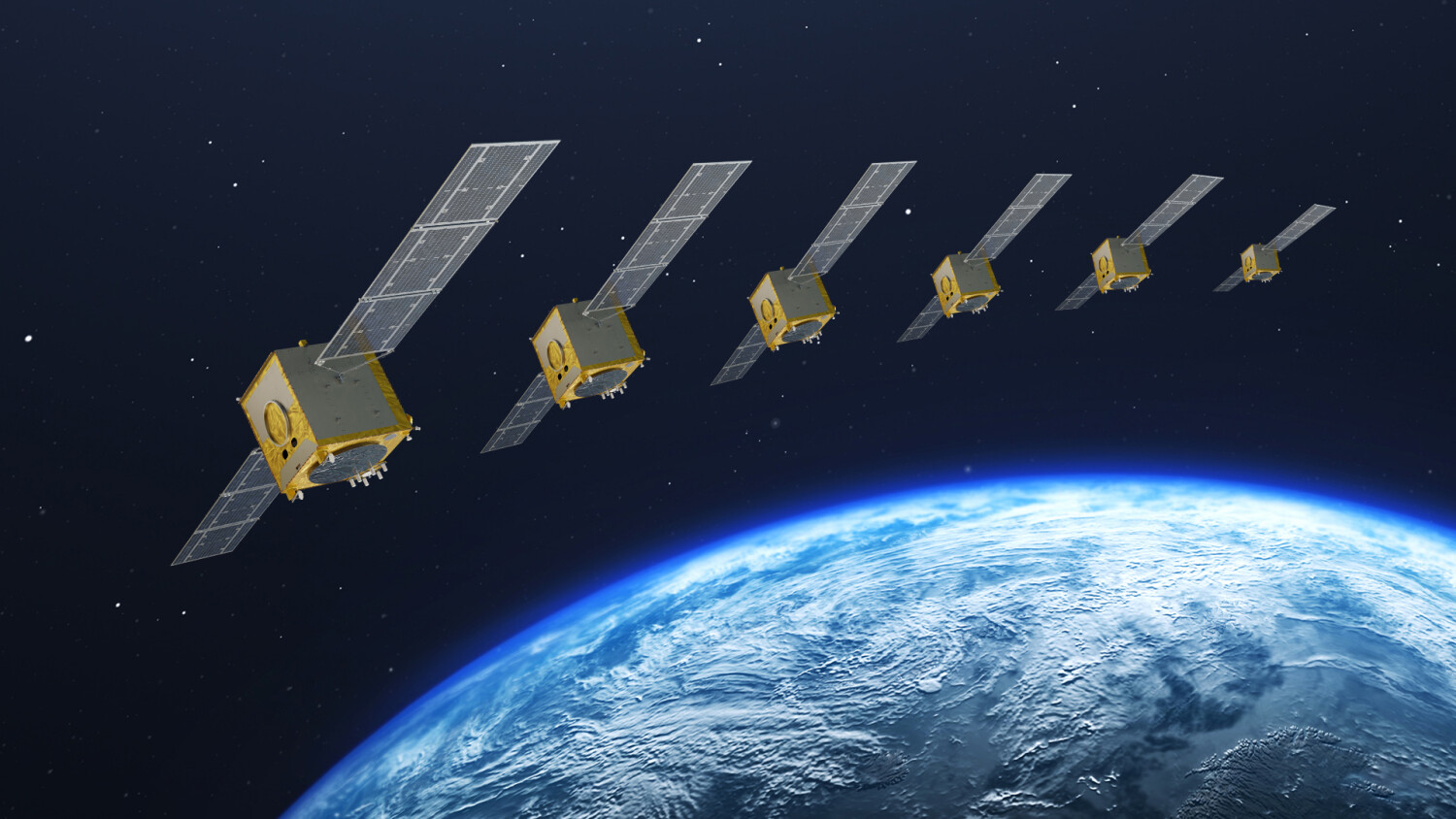On Friday, November 26, Arianespace orbited two communications satellites: INTELSAT 17 for the international satellite operator Intelsat, and HYLAS 1 for the European operator Avanti Communications.
54th Ariane 5 launch, 40th success in a row
This latest successful Ariane 5 launch, the fifth in 2010, once again proves the launcher’s operational capabilities. Ariane 5 is the only commercial satellite launcher now on the market capable of simultaneously launching two payloads and handling a complete range of missions, from commercial launches into geostationary orbit to scientific satellites boosted into special orbits.
The 54th launch of an Ariane 5, and 40th successful mission in a row, clearly demonstrate the launcher’s reliability and availability. Arianespace’s launch Service & Solutions continue to set the global standard and guarantee independent access to space for all customers, including national and international space agencies, private firms and governments.
With the launch this evening, Arianespace has now orbited ten commercial geostationary communications satellites out of the total of 17 launched since the beginning of the year, giving it over 60% of the market.
Supporting space communications
Arianespace and Intelsat have built up a long-standing relationship based on mutual trust, reaching back some 27 years. Since 1983, Arianespace has launched 51 satellites for Intelsat.
HYLAS 1 is Avanti Communications’ first satellite. A new European satellite operator, Avanti Communications also chose Arianespace to orbit its HYLAS 2 satellite, scheduled for launch in the first half of 2012.
INTELSAT 17/HYLAS 1 mission at a glance
The mission was carried out by an Ariane 5 ECA launcher from Europe’s Spaceport in Kourou, French Guiana. Liftoff was on Friday, November 26, 2010 at 3:39 pm local time in Kourou (1:39 pm in Washington, D.C., 18:39 UT, 7:39 pm in Paris, and on Saturday, November 27, at 3:39 am in Tokyo).
The INTELSAT 17 satellite was built by Space Systems/Loral, in Palo Alto, California, using an LS 1300 Omega Bus platform. It weighed 5,540 kg at launch, and is fitted with a hybrid C- and Ku-band payload. Positioned at 66 degrees East, it has a design life of 18 years. INTELSAT 17 will deliver a wide range of communication services for Europe, the Middle East, Russia and Asia. It will also enable Intelsat to expand its C-band coverage by providing video services to the Indian Ocean region. INTELSAT 17 will replace INTELSAT 702.
HYLAS 1 was built by an industrial consortium formed by EADS Astrium and the Indian Space Research Organisation (ISRO), using a I-2K platform. HYLAS 1 has been developed with the technical and financial contribution of the European Space Agency. HYLAS 1 uses the new innovative concept of ‘Generic Flexible Payload (GFP)’, which has been developed by Astrium within ESA’s ARTES Programme, which allows adapting the frequency plan to the market’s needs. Fitted with eight Ka-band transponders and two Ku-band transponders, the satellite will be positioned at 33.5 degrees West, and will be the first multi-beam European satellite to offer high-speed broadband services across Europe. HYLAS 1 weighed 2,570 kg at launch, and has a design life exceeding 15 years.







